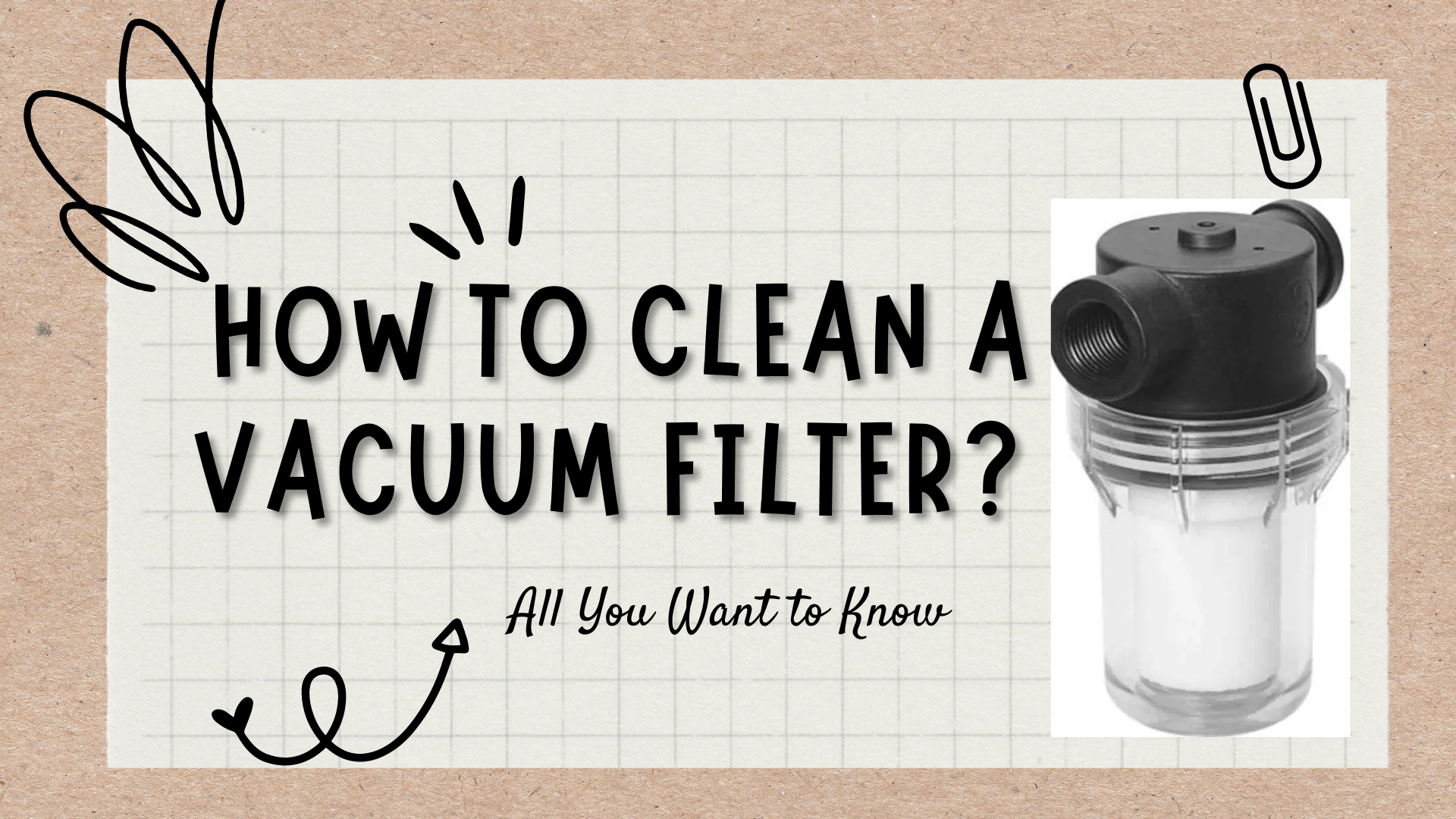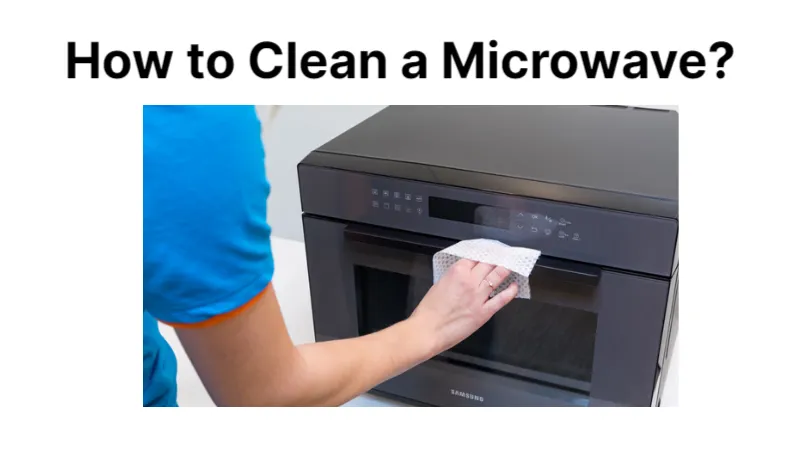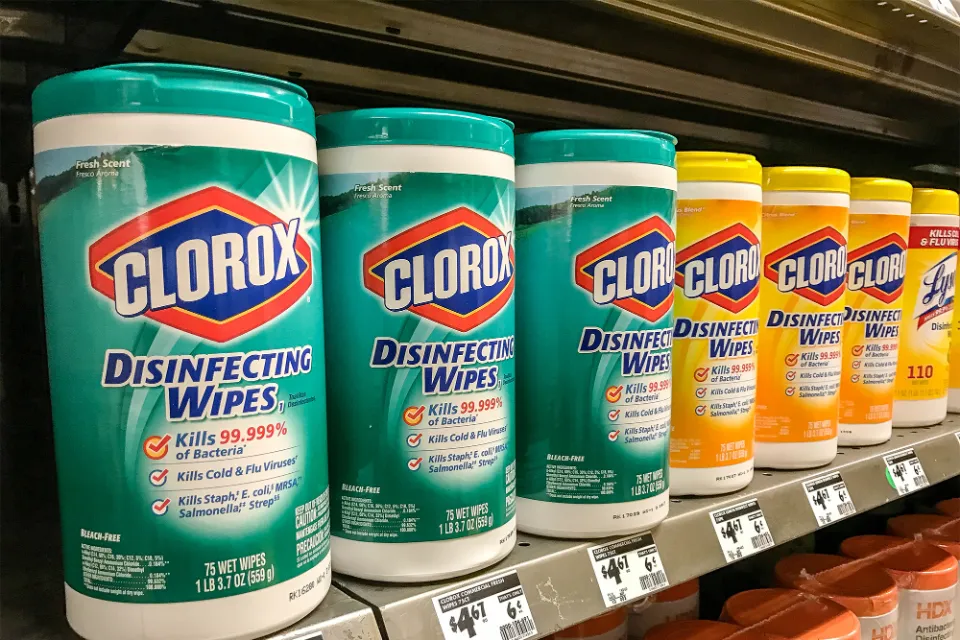A dirty filter may be the cause of your vacuum’s poor cleaning performance. To keep your machine running at its peak, learn how to clean a vacuum filter.
Below will show you how to clean Foam Vacuum Filters, Pleated Paper or Synthetic Fibers, HEPA Filters. Continue reading.
Before You Begin Cleaning…
Before you start this task, be aware that it might get messy. Remember our top advice to avoid extra work and prevent a large cloud of dust from your filter from rising up and landing on your carpets.
- You should clean the vacuum outside. It hardly feels like a chore to be sitting outside on a nice day, listening to music as the sun gently warms your skin. More importantly, there won’t be any cleanup required once the dust settles on your grass.
- So that you don’t have to keep stopping and starting, have the necessary tools on hand before you start. To disassemble the vacuum and access the filter, you’ll probably need some screwdrivers. You’ll also probably need a trash bag to collect extra fluff and dust, as well as a cleaning tool.
- Determine whether the vacuum cleaner filter can be washed or not. For this, you’ll need to consult your appliance’s manual. With a little water and a mild detergent, washable filters can be cleaned.
- Paintbrushes, hair dryers, and air dusters (the compressed air cans you’d use to clean out a keyboard) are tools that can help you clean non-washable filters. Additionally, a handheld vacuum or a second vacuum cleaner would be perfect for the task if you have them.
Since vacuum bags frequently have filters built in, FYI, bagless vacuum cleaners are more likely to require filter cleaning. To find out what kind of cleaning the manufacturer advises, it is always worthwhile to consult your appliance’s manual.
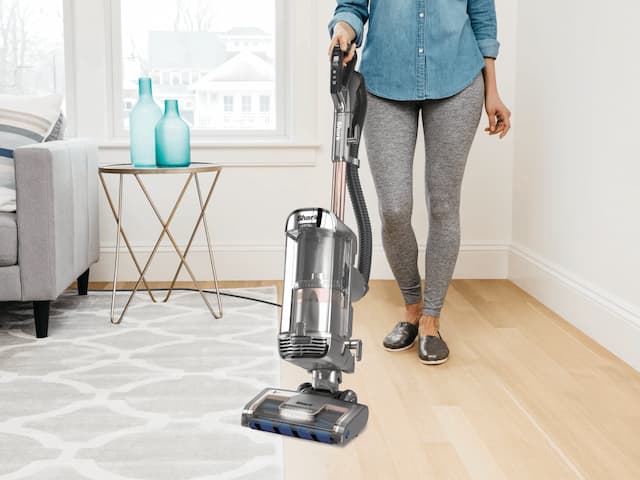
What You’ll Need
Equipment / Tools
- Sink or small bowl
- Microfiber towel
- Drying rack
- Soft-bristled nylon brush
- Trash can
Materials
- Dishwashing liquid or an all-purpose cleaner
Instructions
Unplug and Disassemble the Vacuum
Before disassembling the part, always unplug the vacuum to avoid unintentional shocks. Dispose of the collection bag or any collection canisters that have been filled. Find the filter(s) and remove them.
How to Clean Foam Vacuum Filters?
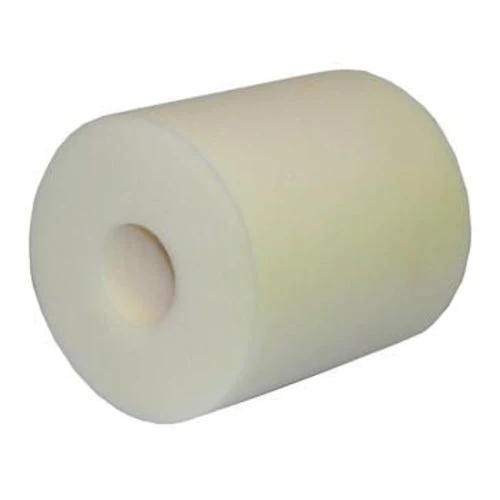
The best way to clean a foam filter is to immerse it in water, squeeze it to let the dirt escape the foam, and then let it air dry before replacing it in your vacuum. Add a few drops of essential oil to the foam the next time you vacuum if you want the room to smell really good. Some oils that also have antibacterial properties include eucalyptus, tea tree, lemongrass, peppermint, and pepper.
If your vacuum has reusable disc filters, you should wash them frequently to maintain good airflow, much like you would with a foam filter. We have them on a large workbench vacuum; you won’t likely find them on typical home vacuums, though. These filters resemble reusable coffee filters and attach using mounting hardware.
How to Clean Pleated Paper Or Synthetic Fibers?
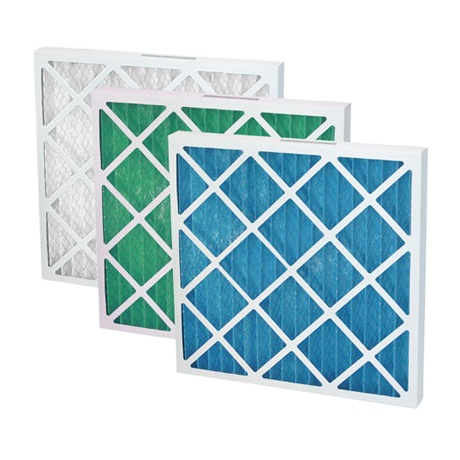
The majority of pleated filters have a replacement schedule and are regarded as disposable by the manufacturers. Never let water soak into or rinse off of paper filters. However, some filters are made from a non-woven synthetic material that can be rinsed with water a few times to remove dust.
- Pleated paper filters can be removed from the vacuum to extend their lifespan. Brush away any visible debris with a brush with soft bristles (an old toothbrush works well). To remove dust, lightly tap the filter against a trashcan or a handrail outside. Replace the filter.
- Follow the same cleaning instructions for a paper filter to extend the life of a synthetic fiber filter. Hold the filter under a stream of water while it is flowing to flush out additional dust after tapping out the first layer. To help it absorb as much moisture as possible, wrap the filter in a microfiber towel. The filter should not be crushed. For a minimum of 24 hours, let the filter air dry on a drying rack. Replace the filter.
How to Clean a HEPA Filter?
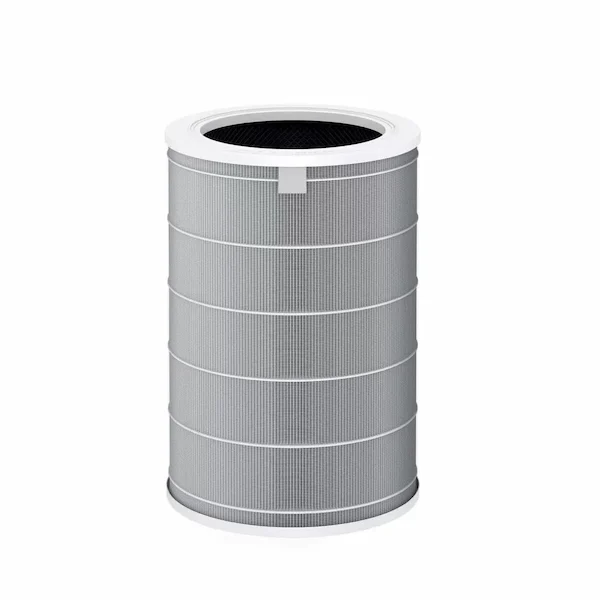
If your vacuum is equipped with a HEPA (High-Efficiency Particulate Air) filter, it is going to trap 99.97 percent of particulates larger than .3 microns that flow into the vacuum1. HEPA filters can frequently be cleaned with plain, chilly water because they are made of finely woven synthetic fibers. For advice on how frequently to change the filter, consult the vacuum’s manufacturer.
By taking the HEPA filter out of the vacuum and tapping it against the side of a trashcan or outdoor handrail to remove some dust, you can also lengthen the life of the filter.
How Often to Clean a Vacuum Filter?
How frequently you use the vacuum and how dirty the area you’re cleaning determine how often you should clean the filter. When you turn on the vacuum, you’ll immediately detect a musty smell, and as you work, the suction will decrease if your filters are dirty. The filter may require monthly cleaning in areas with high traffic. Vacuum filters should typically be cleaned every three months at the very least.
READ ABOUT How to Empty Dyson Vacuum?
Here Are Other Tips for Keeping a Clean Vacuum
Sprinkle a small amount of homemade carpet cleaner on the ground before using it. It is made from 2 cups baking soda, 1/2 cup cornstarch, 1/2 cup cornmeal, 1 tablespoon borax, 1 teaspoon cinnamon, and 2-3 dried bay leaves. To add a fresh scent to the air while also removing bacteria from it, add antibacterial oils like the previously mentioned peppermint, tea tree, eucalyptus, or lemongrass oils.
The brush roller on your push vacuums needs to be cleaned. Less effective are rollers that are matted with pet fur or wrapped in long hair.
It’s important to remember to clean the long hose or wand of your vacuum as well, as these parts can become clogged with larger debris.
FAQs
Can I Wash the Pre-motor Filter on the Dirt Devil UD70115?
Yes and no, since the model is equipped with two pre-motor filters, one of which is a pleated HEPA filter and the other is a regular foam filter. Having said that, you can wash your foam filter in water and dry it before reinstalling it in the appliance. However, for the HEPA vacuum filter Dirt Devil, it’s suggested that you should only tap the dust out. Never rinse it with water as this could easily harm the intricate internal structures.
Do Products on the Dyson V-series Only Come With One Filter?
If you go online and find your cleaning guides on vacuum filter Dyson, especially products on the cordless You may assume that the vacuums in the V-series have a single post-motor filter. This is due to the fact that only the pre-filter on your Dyson V-series products can be washed and cleaned with cold water. The majority of the guides therefore only demonstrate how to wash and clean your cloth filters. Additionally, when performing routine maintenance, the manufacturer frequently advises you to follow this advice.
Unbeknownst to many of us, each Dyson vacuum does come equipped with a HEPA post-filter on the back of the motor, which would help to keep allergens and fine dust from escaping into the air. But this can’t be cleaned by running it under water. Consequently, you should change it once every six months.
Is the HEPA Filter on My Hoover WindTunnel UH70920 Washable?
No matter how tempting it is, you should never wash your HEPA vacuum filter Hoover with water. Manufacturer advice states that you should only tap the dust out. You must also wait at least 24 hours for the filter to dry completely before reusing it, even if it is a rinseable filter. To help it dry more quickly and completely, don’t forget to place a dry towel underneath.
Why and How You Should Clean Them?
Your vacuum filters function in a fairly straightforward manner. The suction unit inside the machine would function to force air from the hose into the dust container and out from the filters. Your filters would stop the air from becoming re-polluted in this situation. However, if your filter is not working properly, vacuuming would be useless in the first place.
Your vacuum filter would inevitably become dirty over time, which would reduce its effectiveness and functionality. As a result, you will need to maintain your vacuum filters in order to keep them consistently clean. Additionally, if cleaning doesn’t work, it’s occasionally advised to change your filters.
The articles listed below will demonstrate how to thoroughly maintain the filters on your various vacuum models.
